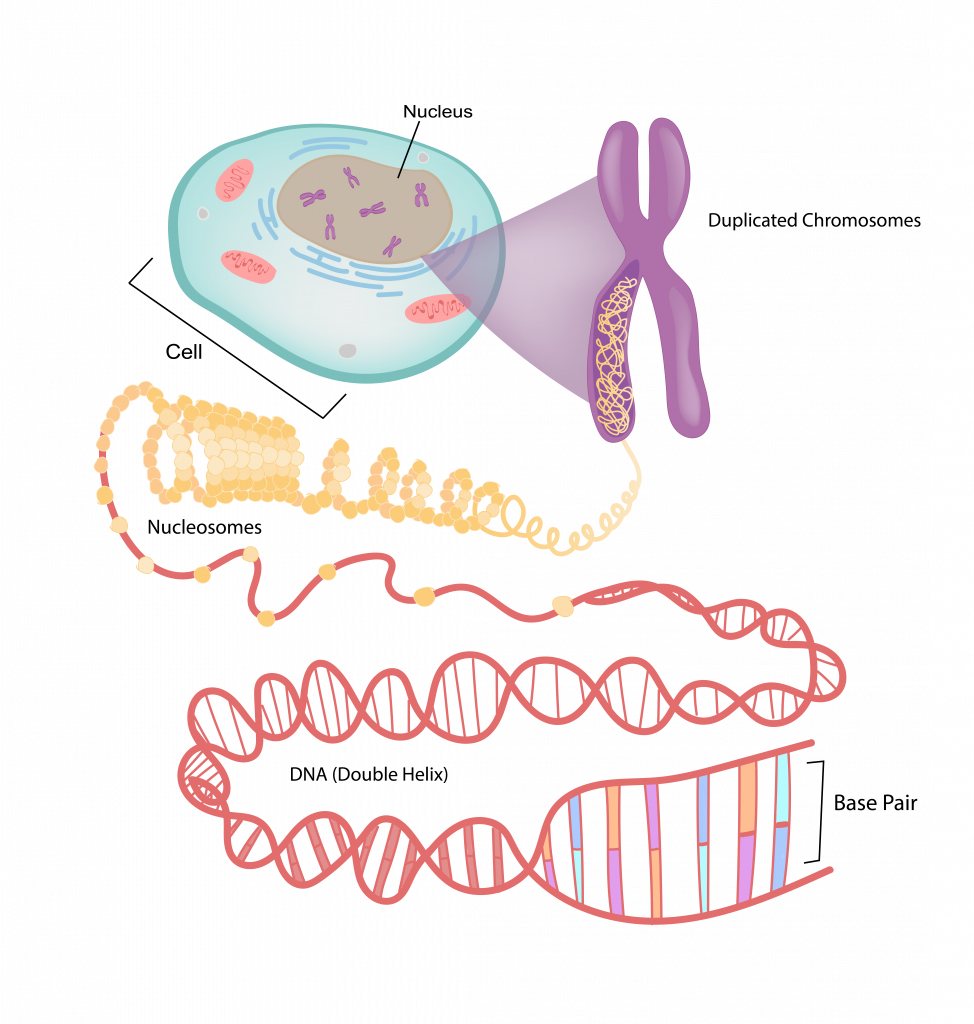4.2 An Overview of Basic Genetics

What unites us?
All living organisms share certain features. These include our cellular basis (all living things are made of cells), our use of ATP to do work in the cell, and the genetic code discussed in this unit. These features lend unequivocal support for a common ancestor for all living things. Moreover, the genetic code provides additional details about key events in evolution such as the origin of photosynthesis and the development of multicellularity.
What sets us apart?
Although we share many features, no two organisms are exactly alike. Even so-called identical twins are not the same in every way. And although humans use the same genetic code as do mushrooms and geraniums, we are actually quite different in many obvious respects. The science of genetics helps us understand not only what unites all living organisms, but also what sets individuals apart from each other. Specifically, genetics involves the study of genes—what they are, what they do, and how they are transmitted between generations. Simply, genes determine many characteristics of an organism. Genes are also units of heredity—they are passed to an individual through reproduction.
Chromosomes, genes, and DNA
Genes are the fundamental units of heredity, and they determine specific characteristics of an organism. Genes are made of nucleic acids, biological molecules that are found within structures called chromosomes. In many organisms, genes are located on chromosomes in the nucleus of the cell, in every cell of the individual’s body (Figure 4.2).
The nucleic acids deoxyribonucleic acid (DNA) and ribonucleic acid (RNA) are large molecules found in the cells of all living organisms. DNA and RNA do their work through the synthesis of proteins, molecules that are specialized for various roles in the body—some proteins are involved in muscle contraction, others carry nutrients throughout the body, others fight infections, and so on. DNA and RNA also function in cell division and growth and conveying information across generations. Finally, DNA and RNA occasionally incur the very mistakes, or mutations, which make evolutionary change possible.

